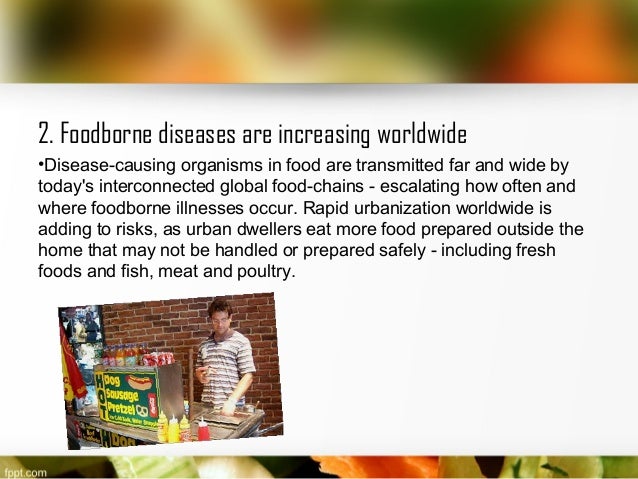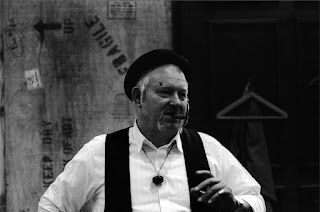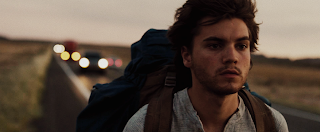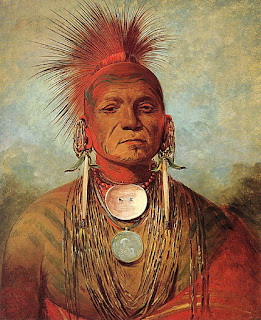ELEPHANT
QUESTIONS
1) What struck you most in the film?
The thing that struck me in the film was how easy it was for the two young students to order guns in the USA. They just ordered them online, as if it were an ordinary delivery, and had them delivered to their house without having to prove anything.
2) What also impressed you?
What impressed me was the topic chosen for the movie. The shooting is told through the eyes of some students or teachers who passes by in order to show how it have been lived that terrible day. The film maker is ready to show everything he can about the school and the problems it faces and so show this big "elephant in the room" from which comes the name of the film.
3) Did you find anything more particularly upsetting?
I find upsetting the fact that some parts of what happened in real life have been changed in the film: the film shows one killer shooting the other, when in the real event both killers committed suicide.
4) What did you find very disturbing?
What I find very disturbing in the film was the way it was filmed. We expect something to happen as the camera slowly follows the students, but it is never happening until the school "shooting scene". This movie follows the characters just showing their daily life making it banal and abstract.
5) What was most shocking?
The way the other students were portrayed was too caricatural in my opinion. The nerd being bullied, joks dating pretty girls, mean girls who put their fingers in the throat in order to make them throw up their lunch after school.
6) What does the film suggest about the two school shooters?
The film suggests that the two school shooters were being bullied at school, had lots of interest in Nazism, and both played violent aggressive video games, that may made them more into the idea of killing people.
7) What's more, what does the film director make clear about the two killers?
The film director makes it clear that the two shooters felt nothing during the shooting, they show no pity or any sentiment of any kind for that matter. They target anyone and spare no one.
8) What kind of approach to the school shooting itself did Gus Van Sant opt for?
Gus Van San approaches the school shooting in a very "simple" and interesting way. It is almost a documentary approach, showing an ordinary school day in an american high school. The problems of the Columbine High School, such as bully, are approach by Guy Van Sant. He shows the normal day to day life of most american teenagers.
9) Moreover, what's the main consequence of the realistic treatment he uses? What about the 'poetic' touches he instills throughout the film?
The film director uses a realistic treatment, which the public isn't used to anymore in this day. The characters seem real, since they dont have exaggerated personalities of traits.The main consequences are that it takes away some of the sentiment of the film. But it still has a poetic touches and attention to small detail that aren't easy to pick up on in a first viewing. The poetic touch of always filming people from behind, one again makes the movie very realistic, because it makes the viewer feel like another student walking around the school.
10) As a conclusion, what must we admit about the way in which the killing and the killers are perceived by the film viewers?
10) As a conclusion, what must we admit about the way in which the killing and the killers are perceived by the film viewers?
The killers are no more perceived as two victims having revenge of the bullied, but rather two disturbed boys who kill because they want to "have fun". Before the shooting, the film viewers can feel sorry for their condition, but at the end of the film, the killers and the killing are both perceived as horrible and unforgiving.


















